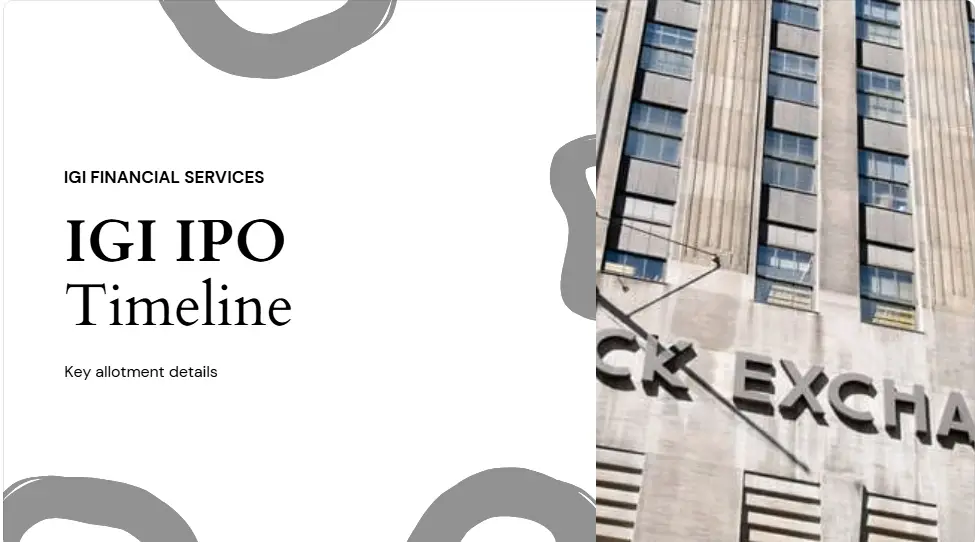Why the current moment is the golden time to understand how to invest in crypto
The digital assets have swept the niche playgrounds in the last decade to get into mainstream finance. Crypto is no longer a geeky sideshow, and it is a major class of assets heralding a future market reformation as witnessed by the rapturous rise of Bitcoin and the smart contraction of Ethereum.
If you are an experienced investor seeking to diversify or just learning about the topic, the same knowledge can open your door to investment opportunities that the conventional ones will never provide.
More than Buy Bitcoin, Forget It
Crypto is not a monolithic thing: it is a mosaic of interconnected technologies and initiatives:
Store-of-Value Coins
Example: Bitcoin (BTC). Think of it as digital gold combined with censorship resistance.
Smart-Contract Platforms
Example: Ethereum (ETH). These are fledgling platforms driving programmable money applications like DeFi, NFTs, and DAOs.
Layer-2 Scaling
Examples: Polygon (MATIC), Arbitrum (ARB). These provide quicker, low-cost transactions constructed on top of Ethereum.
Stablecoins
Examples: USDC, DAI. This is crypto tied to fiat currency, playing an essential role in liquidity and DeFi.
Specialized Coins
Examples: Chainlink (LINK) or Filecoin (FIL). These focus on specific use cases like oracles, decentralised storage, gaming, etc.
Analogy: Imagine crypto is an ecosystem of vehicles. Some are long-haul trucks (Bitcoin), some are all-purpose SUVs (Ethereum), and some are sporty sports cars (Layer-2s). You choose based on your roadmap and risk appetite.
Choose your point of entry: Exchange, Wallet, and ETFs
Centralized Exchanges (CEX)
A CEX is often the first stop for new investors.
- Advantages: Friendly user interface, high liquidity, fiat on/off ramps.
- Disadvantages: Custody risk (you do not have your own keys).
- Best Picks: Coinbase, Kraken, Binance.
Decentralized Exchanges (DEX)
A DEX offers more control but requires more technical knowledge.
- Advantages: Self-custody, censorship resistance, wide accessibility of tokens.
- Disadvantages: Steeper learning curve, potential for smart-contract exploits.
- Top Picks: Uniswap, SushiSwap, Balancer.
Crypto Wallets
- Hot Wallets (Online): MetaMask, Trust Wallet. Best for interacting with DeFi.
- Cold Wallets (Offline): Ledger, Trezor. The gold standard for long-term storage.
Bitcoin ETFs: A Conventional Entry Point
The SEC now allows holding BTC through several approved Bitcoin ETFs. This lets investors purchase it through their conventional brokerage accounts without having to set up a wallet. Such ETFs follow the price of Bitcoin and act as a normal stock, creating a comfort zone for traditional investors.
Build Your Plan: From Dollar-Cost Averaging to Yield Farming
Set Your Time Horizon & Risk
- HODLers (long-term): Hold a substantial amount in major coins like BTC and ETH.
- Short-term traders: Apply technical analysis on volatile altcoins and DeFi tokens.
- Speculators: Buy memecoins—but maintain small positions.
Dollar-Cost Averaging (DCA)
Provide a fixed amount weekly or monthly to invest, regardless of price.
- Advantage: Caps volatility and reduces the risk of bad timing.
Staking & Yield Farming
- Staking ETH 2.0: Get ~4–6% APY by staking Ether to contribute to securing the network.
- DeFi Lending: Platforms like Aave and Compound can offer double-digit returns on stablecoins, but beware of impermanent loss and smart-contract risk.
Portfolio Diversification
| Asset Type | Example Tokens | Suggested Allocation* |
|---|---|---|
| Core Coins | BTC, ETH | 50–70% |
| Layer‑2 & Scaling Tokens | MATIC, ARB | 10–20% |
| DeFi & Infrastructure | LINK, AAVE | 10–15% |
| Speculative Altcoins | SOL, ADA, DOT | 5–10% |
| Stablecoins (Liquidity) | USDC, DAI | 5–10% |
*Adjust based on personal risk tolerance.
Data Spotlight: Bitcoin’s Wild Ride (2019–2023)
| Year | Jan 1 Price | Dec 31 Price | % Change |
|---|---|---|---|
| 2019 | $3,700 | $7,200 | +95% |
| 2020 | $7,200 | $28,900 | +301% |
| 2021 | $29,000 | $46,000 | +58% |
| 2022 | $47,000 | $16,500 | –65% |
| 2023 | $16,500 | $42,000 | +154% |
Takeaway: Volatility is the name of the game. A clear strategy (e.g., DCA) can help you weather the storms.
Bitcoin Annual % Change (2019-2023)
Balancing Benefits, Challenges, and Risks
Advantages
- High Growth Potential: Early entry can lead to massive returns.
- 24/7 Markets: Trade any time—there is no closing bell.
- Innovation Frontier: Join and invest in groundbreaking financial systems.
Problems and Risks
- Regulatory Uncertainty: Policy changes can induce sudden price movements.
- Security Issues: Hacks, rug pulls, and phishing are legitimate issues. Take strict safety precautions.
- Volatility: Requires controlled management of emotions to avoid panic selling.
"Crypto's biggest hurdle is not technology—it's human psychology."
— Alexandra Lee, former Financial Times blockchain editorPractical First Steps
1. Educate Yourself
- Read reliable newsletters (such as The Defiant, CoinDesk).
- Participate in communities on Reddit or Discord.
2. Set Up Accounts and Wallets
- Enroll in a CEX with KYC (Know Your Customer).
- Install MetaMask and keep your seed phrase offline and safe.
3. Begin Small & Simple
- Buy your first Bitcoin or Bitcoin ETF.
- Stake a small amount of ETH or invest a little in a DeFi protocol.
4. Follow and Understand
- Use portfolio trackers like CoinGecko or Zapper.
- Track your investments each month and rebalance if necessary.






